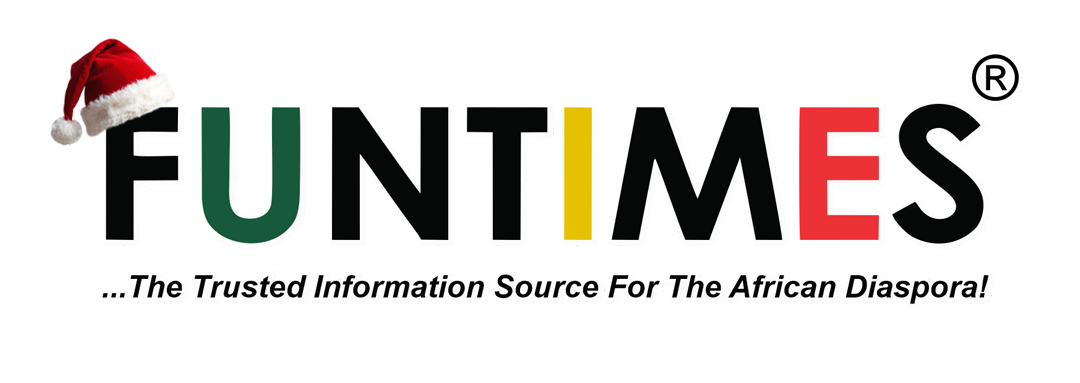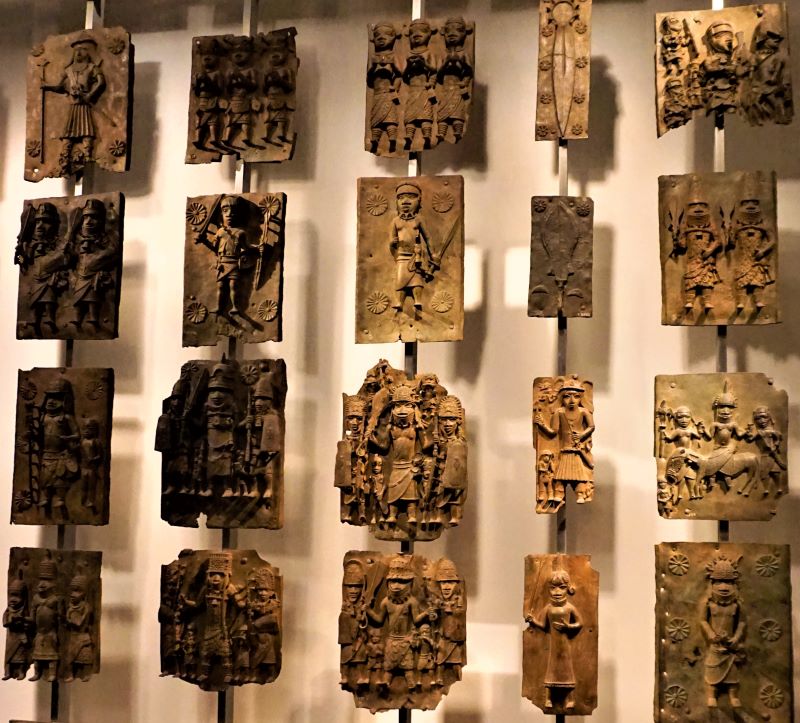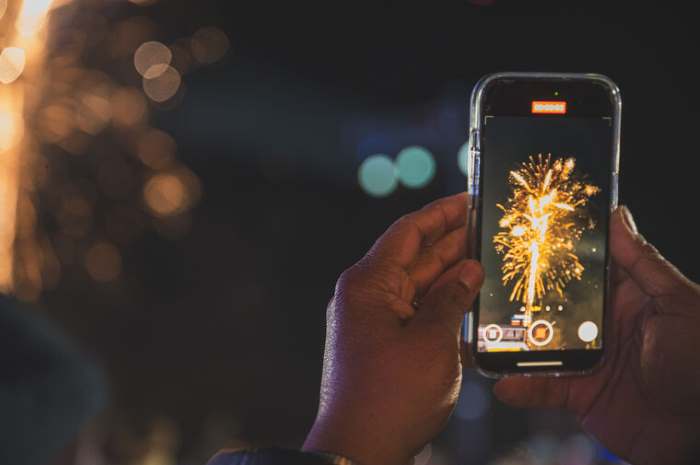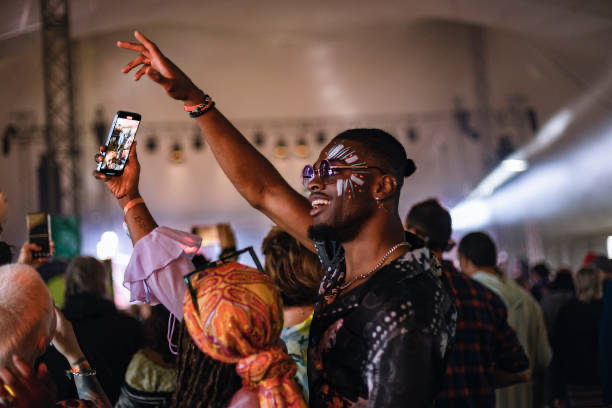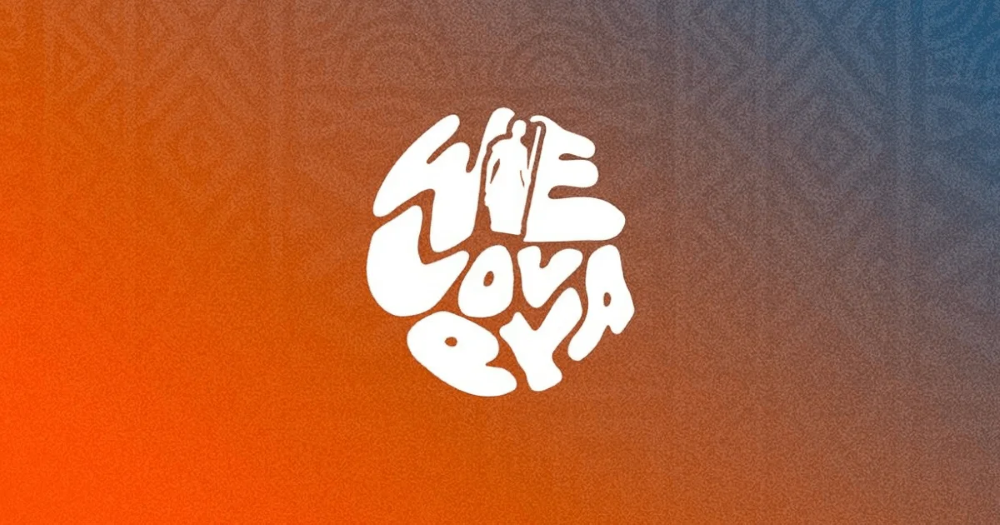Benin bronze figures in The British Museum. By Joyofmuseums – Own work, CC BY-SA 4.0
The vast halls of the Musée du Quai Branly in Paris are hauntingly silent this spring. One prominent case, a towering wooden talking drum known as the Djidji Ayokwê, has just been removed. Its empty plinth is a stark emblem of centuries-old colonial plunder and the long road toward restitution.
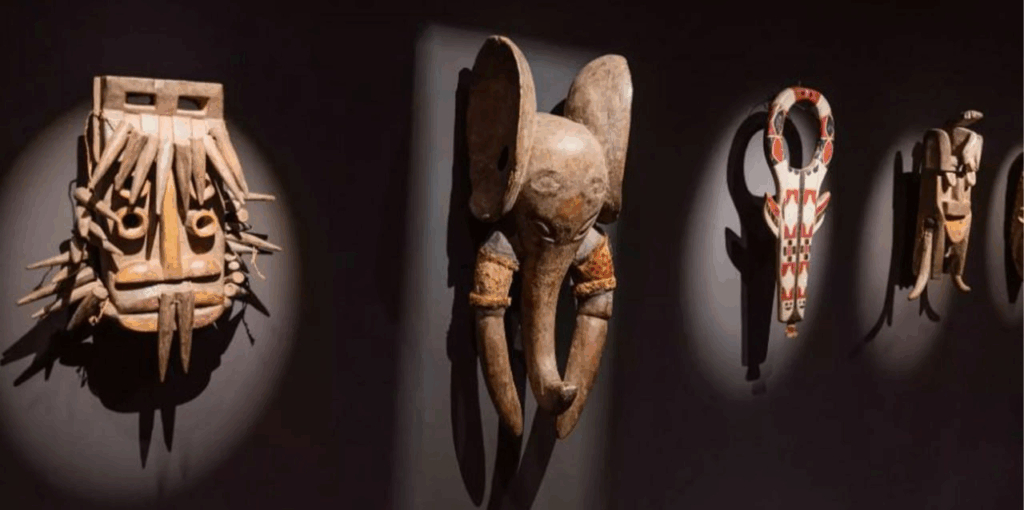
Source: Young Africans push for looted art’s return | Capital Newspaper
Meanwhile, in London’s leafy Bloomsbury, the cloistered trustees of the British Museum confront the same question under a burdensome legacy of law. In Washington, D.C., activists lobby Congress to extend America’s narrow repatriation statutes beyond Native American remains to encompass African treasures. As African nations and diaspora communities press their moral and legal claims, 2025 has emerged as a watershed year in the struggle to right colonial wrongs.
Historical Context
From the 1897 Benin Expedition, when British troops looted thousands of bronze plaques and sculptures from the Royal Palace in Benin City, to the 1884–85 Berlin Conference, where European powers carved Africa into colonies with impunity, the story of African art in Western collections is inseparable from violent conquest and imperial ambition. By one estimate, around 150,000 African objects reside in France alone, out of a global total of more than 70,000 in just the Musée du quai Branly’s holdings.
Yet these treasures were not mere curiosities; they were, and are, the living expressions of communities’ spiritual systems, political histories, and artistic genius.

Source: Dutch Museum returns ‘priceless’ Benin Bronzes to Nigeria
France’s Legislative Shift
On 28 April 2025, the French Senate unanimously adopted a bill in first reading to permit the return of the Djidji Ayokwê drum, seized in 1916 and restored by the Quai Branly, with Côte d’Ivoire slated to receive it officially later this year. This vote marked the first concrete application of the December 2020 restitution law (which enabled 26 statues to return to Benin and Senegal) to a new recipient nation, and broke a years-long stall in post-Macron promises.
Yet the process remains arduous: each permanent restitution requires a bespoke parliamentary act, a hurdle that has slowed further returns despite Macron’s 2017 commitment to foster restitution by 2022.
United Kingdom:
In Britain, national institutions are bound by the British Museum Act of 1963 and a 2023 court ruling in Attorney General v. British Museum Trustees reaffirmed that trustees lack the power to deaccession objects solely for repatriation, absent duplicates or damage exceptions. Yet private museums and universities have sidestepped these constraints: the universities of Aberdeen and Cambridge have pledged Benin bronzes back to Nigeria, and on 19 February 2025 the Dutch government’s return of 113 bronzes from Leiden’s Wereldmuseum (the largest single return to date) has intensified pressure on UK institutions to follow suit.
United States:
In the U.S., repatriation frameworks remain narrowly focused under the Native American Graves Protection and Repatriation Act (NAGPRA, 1990) which mandates the return of human remains and sacred objects to affiliated tribes but does not extend to African or other diasporic collections. This gap has galvanized activists: a 2025 bill (H.R. 40) to study reparations for African Americans passed the House in January but did not explicitly address artifact return, and congressional hearings such as the Senate’s May 13, 2025 “East Africa & The Horn” session have yet to tackle cultural-property issues head-on.
Meanwhile, several American university museums have voluntarily restituted objects after provenance research: UCLA’s Fowler Museum returned Asante gold regalia in early 2024, and the Virginia Museum of Fine Arts repatriated antiquities in late 2023 under Department of Homeland Security and Manhattan DA investigations. These precedents suggest a growing willingness but inconsistent policy across U.S. institutions.
Voices from the Continent and Diaspora
“Most of our things are not written, they are expressed in the art we see,” Documentary-maker Lawer Akunor.
“We acknowledge the very painful history surrounding the acquisition of these objects. A history tainted by the scars of imperial conflict and colonialism,” V&A Director Tristram Hunt
Across Europe and North America, museum directors and ethicists grapple with an evolving “ethics of display” acknowledging that objects removed under coercion cannot be ethically held indefinitely.
Policy, Legal Hurdles & Public Opinion
- French Inalienability: France’s constitutional principle of inalienable public collections means each restitution requires parliamentary approval a process described by critics as “cumbersome” and “slow-motion justice”
- UK Trustees’ Duty: British Museum Trustees remain legally bound by fiduciary duties, limiting voluntary returns absent legislative change fueling calls for reform of the British Museum Act.
- U.S. Statutory Gaps: The absence of a U.S. equivalent to NAGPRA for African artifacts means repatriation relies on voluntary museum policy rather than legal compulsion.
- Public Support: In the UK, a 2021 YouGov poll found that 62% of Britons back permanently returning historical artifacts to their origin countries. Although comprehensive U.S. polling is scarce, the trend among museum-going Americans mirrors this sentiment: a majority express that artifacts should reside with the communities that created them, not as trophies of the empire.
Looking Ahead: Challenges & Opportunities
Provenance Gaps remain a formidable barrier: incomplete or falsified acquisition records continue to haunt museums. Funding shortages for African museums hamper their ability to conserve returned works safely. Yet digital-heritage initiatives from 3D scanning projects to open-access archive portals offer new ways to share knowledge and co-curate exhibitions.
Optimistically, travelling exhibits co-curated by African and Western institutions are slated for 2026, and the forthcoming UNESCO Dialogue in Ethiopia (January 2025) promises to forge new agreements on restitution frameworks.

Anand Subramanian is a freelance photographer and content writer based out of Tamil Nadu, India. Having a background in Engineering always made him curious about life on the other side of the spectrum. He leapt forward towards the Photography life and never looked back. Specializing in Documentary and Portrait photography gave him an up-close and personal view into the complexities of human beings and those experiences helped him branch out from visual to words. Today he is mentoring passionate photographers and writing about the different dimensions of the art world.
